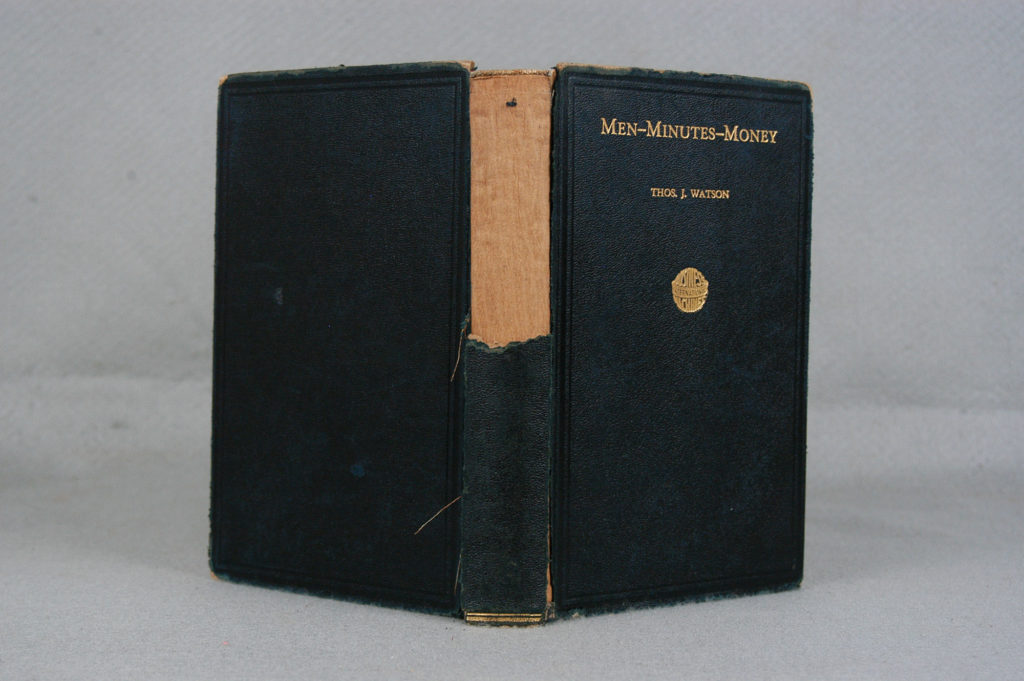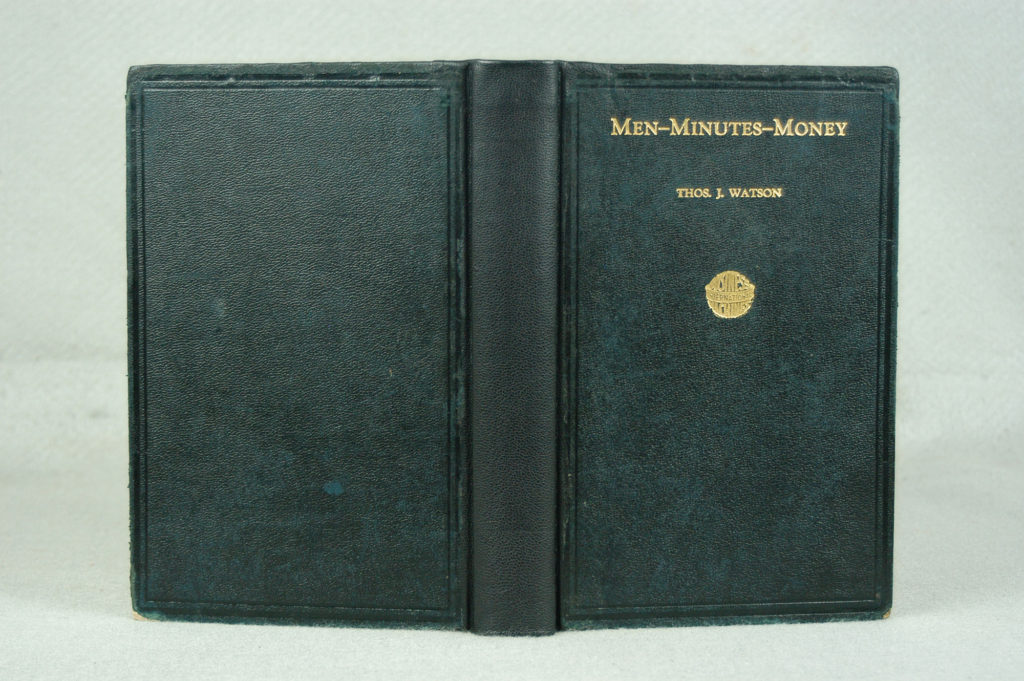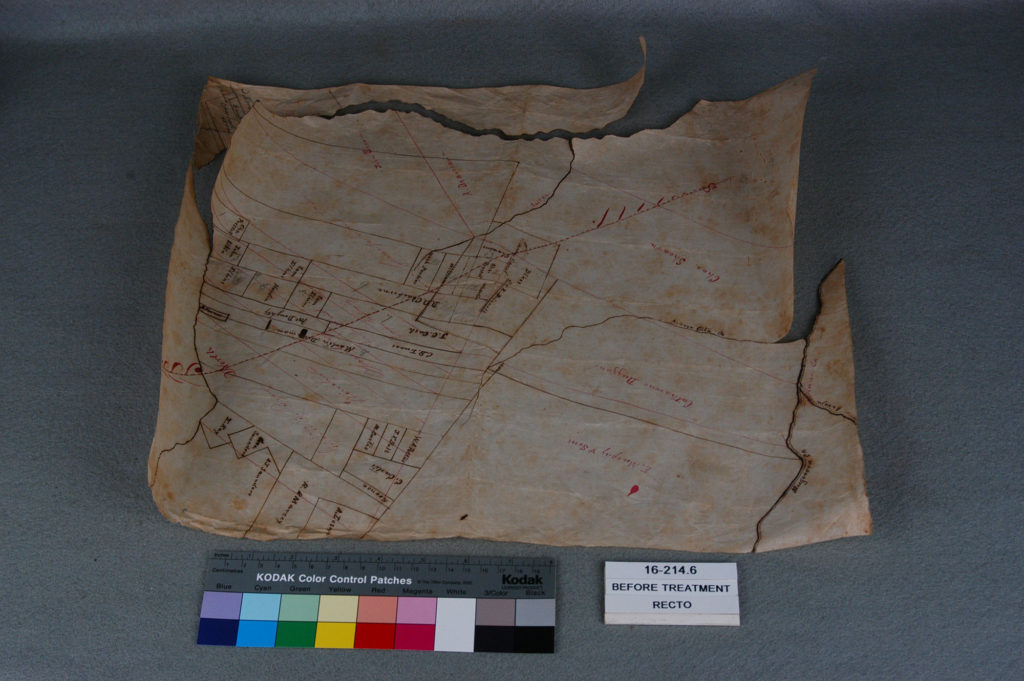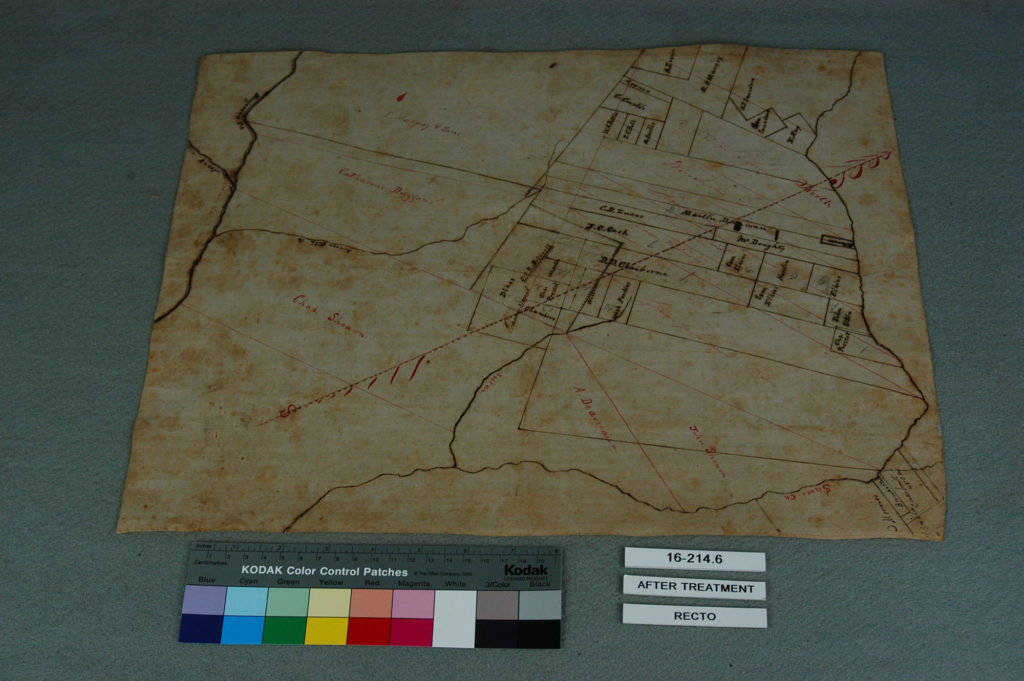Leather Bindings
Late 19th Century Bible: The original spine was too degraded to save. New leather was toned to match a mid-tone of the original leather. The textblock was consolidated, new leather spine added and board edges recovered with leather.
Cloth Bindings
20th Century Swiss Family Robinson’: The original spine was torn. A new spine was made from heavyweight Japanese tissue toned to match the original spine. The original spine was adhered on top.
20th Century Amy Vanderbilt’s Complete Cookbook: The original binding was broken, dirty, and the spine was missing. A new binding was constructed to mimic the original binding. The original titling label was saved and inset on the front cover.
Paper Based Treatments
18th Century Manuscript: This handwritten manuscript had been severely damaged by mice. The cover was deteriorated beyond repair, but retained separately for the owner. Losses were filled with linen paper toned with acrylics to match some of the mid-tones of the older paper and the manuscript was re-sewn into a new cover of handmade paper.
















